
The History of Jazz Dance in American Culture
- 1. The Origins of Jazz Dance
- 2. Jazz Dance and African American Culture
- 3. The Influence of Jazz Music on Dance
- 4. Jazz Dance in the 20th Century
- 5. Modern Jazz Dance
- 6. How Creative Edge Dance Studio Can Help You Learn Jazz Dance
1. The Origins of Jazz Dance
Jazz dance, a dynamic and expressive dance style, has its roots deeply embedded in African American culture and the evolution of jazz music. The earliest forms of jazz dance were influenced by African dance traditions, which emphasized rhythm, improvisation, and movement originating from the torso. These early dances were brought to the United States by African slaves and later blended with European influences during the late 19th and early 20th centuries.
During the early 1900s, jazz dance began to take shape in the urban entertainment scene, particularly in the context of vaudeville shows and Broadway productions. The style evolved as it incorporated the energetic rhythms of jazz music, giving rise to what we now recognize as the beginning of American jazz dance.
2. Jazz Dance and African American Culture
A significant aspect of jazz dance is its deep connection to African American culture. Jazz music and dance were born out of the struggles and celebrations of African Americans in the early 20th century, particularly in New Orleans, where the distinct rhythms of African rhythms merged with the improvisational nature of jazz music.
The social and cultural dynamics of the African American community significantly influenced the development of jazz dance. In the Harlem Renaissance, jazz music became the soundtrack for the jazz dance that emerged in the clubs and ballrooms of Harlem, with iconic dance styles such as the Charleston, the Lindy Hop, and the Black Bottom rising in popularity.
3. The Influence of Jazz Music on Dance
Jazz music and jazz dance are inextricably linked. As jazz music evolved, so did the dance movements associated with it. In the 1920s, as jazz music moved from its New Orleans roots to the mainstream, jazz dance incorporated more elaborate and complex movements, aligning with the syncopated rhythms and improvisational elements of jazz music itself.
Jazz dancers developed intricate footwork and body movements that mirrored the dynamic qualities of jazz music. These included sharp, staccato movements and improvisational flourishes that allowed dancers to express their individuality, making jazz dance both an art form and a form of personal expression.
4. Jazz Dance in the 20th Century
The 20th century saw jazz dance become a major component of American popular culture. In the 1930s and 1940s, as jazz music became the soundtrack of the big band era, jazz dance was featured in musical theater productions, Hollywood films, and nightclubs.
Notable dance figures like Jack Cole and Katherine Dunham brought jazz dance to new heights in the 1940s and 1950s. They blended ballet and modern dance techniques with jazz to create new, sophisticated forms of jazz dance that were performed on Broadway and in film.
As the decades progressed, jazz dance continued to evolve, embracing new styles such as swing and rock ‘n’ roll, which led to the emergence of newer forms like disco, funk, and hip-hop. Each era brought fresh interpretations of jazz dance, ensuring its continued relevance in American culture.
5. Modern Jazz Dance
Today, jazz dance continues to be a vibrant and evolving art form. It has influenced many other dance genres, including contemporary, hip-hop, and musical theater. Modern jazz dance incorporates a range of movements, from the sharp, angular lines seen in jazz hands to the fluid, more expressive movements that dominate contemporary jazz.
One of the hallmarks of modern jazz dance is its emphasis on personal style and individuality. Dancers often incorporate elements of other dance forms, blending them with the jazz aesthetic to create unique performances. This has kept jazz dance fresh and relevant, appealing to both seasoned dancers and newcomers alike.
6. How Creative Edge Dance Studio Can Help You Learn Jazz Dance
If you're looking to explore jazz dance, Creative Edge Dance Studio is the place to start. Our experienced instructors offer classes for all skill levels, from beginners to advanced dancers. Whether you're interested in the historical aspects of jazz dance or want to learn modern jazz styles, we have a class for you.
Our studio focuses on technique, creativity, and self-expression, helping students develop their dance skills while embracing the rich history and vibrant energy of jazz dance. Join us at Creative Edge Dance Studio and discover how jazz dance can bring joy, movement, and rhythm into your life!
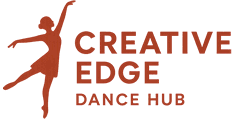

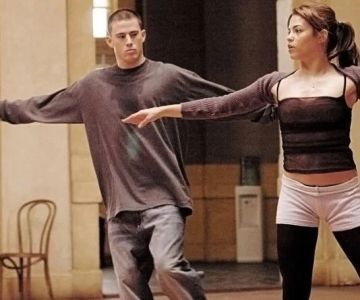
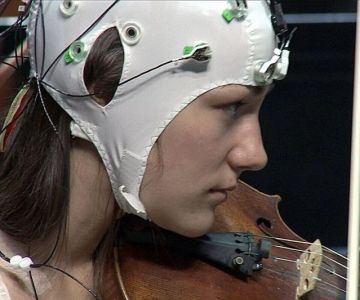


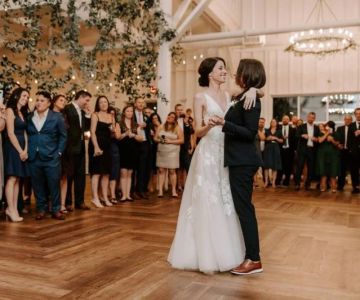
 The Crew House5.0 (3 reviews)
The Crew House5.0 (3 reviews) Top Hat Talent Performing Arts5.0 (23 reviews)
Top Hat Talent Performing Arts5.0 (23 reviews) Dancing Dolphin Gift Shop4.0 (2 reviews)
Dancing Dolphin Gift Shop4.0 (2 reviews) Misha & Natasha Ballroom Dance5.0 (12 reviews)
Misha & Natasha Ballroom Dance5.0 (12 reviews) McCafferty Irish Arts Center (McCafferty Irish Dance / McCafferty Irish Feis Foundation)5.0 (4 reviews)
McCafferty Irish Arts Center (McCafferty Irish Dance / McCafferty Irish Feis Foundation)5.0 (4 reviews)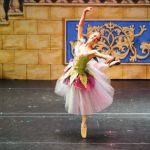 Piedmont School of Music & Dance5.0 (10 reviews)
Piedmont School of Music & Dance5.0 (10 reviews) How to Develop a Powerful Stage Presence as a Dancer
How to Develop a Powerful Stage Presence as a Dancer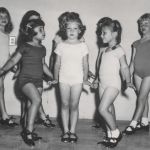 The History of Tap Dance in the United States
The History of Tap Dance in the United States What is a Dance Marathon? Fundraising and Endurance Events
What is a Dance Marathon? Fundraising and Endurance Events The Benefits of Cross-Training with Other Forms of Exercise for Better Performance
The Benefits of Cross-Training with Other Forms of Exercise for Better Performance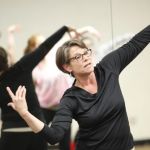 What is Dance Therapy? Using Movement for Healing
What is Dance Therapy? Using Movement for Healing What is Voguing? The Houses and Ballroom Scene
What is Voguing? The Houses and Ballroom Scene